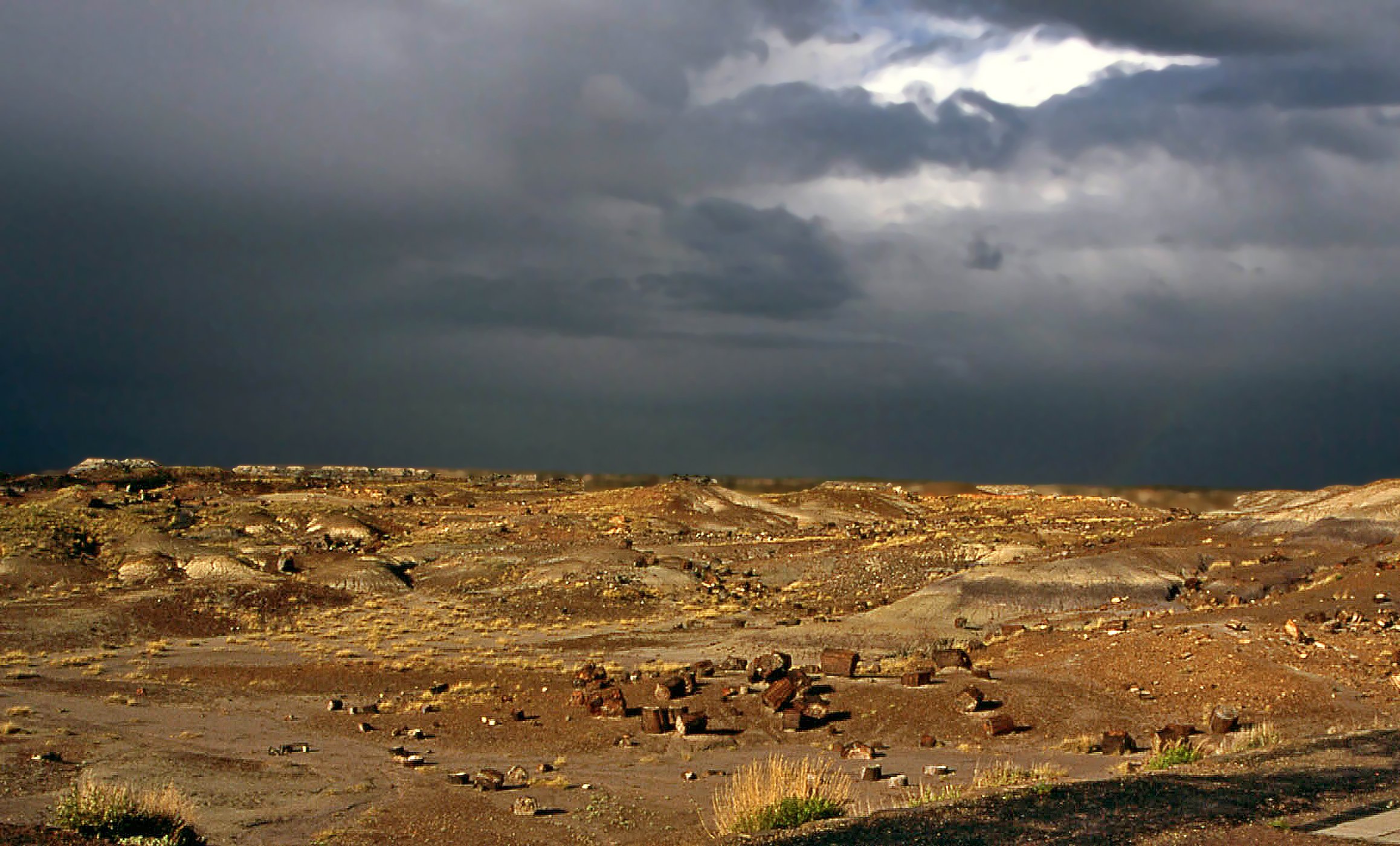Petrified Forest National Park is home to a diverse array of nocturnal animals, including coyotes, bobcats, bats, kangaroo rats, and wood rats. These creatures have adapted to the harsh desert environment, developing unique behaviors and physical characteristics to survive. From the stealthy hunting techniques of predators to the water conservation methods of small mammals, the park’s nocturnal ecosystem is a fascinating subject for nature enthusiasts and researchers alike.
What Species of Nocturnal Animals Can Be Found in Petrified Forest National Park?

The park hosts several nocturnal and crepuscular wildlife species:
- Coyotes: Active at night and during twilight hours, these adaptable canines roam various habitats within the park.
- Bobcats: Small predators that hunt under the cover of darkness, preferring areas with dense vegetation and rocky outcrops.
- Bats: Multiple species inhabit the park, using echolocation to hunt insects at night.
- Kangaroo Rats: Nocturnal rodents that forage for seeds and plant material, living in burrows to escape heat and predators.
- Wood Rats: Four species found in the park, primarily active at night and known for their nest-building habits.
How Have These Animals Adapted to Desert Life?

Nocturnal animals in Petrified Forest National Park have developed various adaptations to survive in the harsh desert environment:
- Behavioral Adaptations:
- Nocturnal or crepuscular activity to avoid extreme daytime heat
- Use of burrows or shelters during hot daylight hours
-
Specialized hunting and foraging techniques
-
Physiological Adaptations:
- Water conservation mechanisms (e.g., kangaroo rats’ specialized kidneys)
- Insulation adaptations (e.g., hollow hairs)
- Enhanced night vision and hearing
What Are the Hunting Techniques of Nocturnal Predators in the Park?
Nocturnal predators in Petrified Forest National Park employ various hunting strategies:
- Coyotes:
- Use stealth and ambush tactics
- Hunt in packs for larger prey
-
Utilize their keen sense of smell and hearing
-
Bobcats:
- Employ stalking and pouncing techniques
- Rely on camouflage and silent movement
-
Target smaller mammals and birds
-
Bats:
- Use echolocation to locate flying insects
- Employ agile flight patterns to catch prey mid-air
How Do Nocturnal Animals Interact Within the Park’s Ecosystem?
The nocturnal ecosystem in Petrified Forest National Park involves complex interactions:
| Predator | Prey |
|---|---|
| Coyotes | Kangaroo rats, wood rats, small mammals |
| Bobcats | Small mammals, birds |
| Bats | Flying insects |
These interactions create a delicate balance within the ecosystem:
- Predators help control prey populations
- Bats contribute to insect population control
- Prey species influence vegetation through seed dispersal and grazing
Are There Organized Night-Time Animal Sightings Tours in the Park?
Currently, Petrified Forest National Park does not offer organized night-time animal sightings tours. However, visitors can explore the park independently during optimal viewing times:
- Early Morning: Many nocturnal animals are still active
- Dusk: Crepuscular species become more visible
Self-guided exploration options include:
- Driving along the park’s main road
- Visiting scenic viewpoints
- Hiking designated trails (with caution and respect for wildlife)
Where Are the Best Locations to Observe Nocturnal Animals in the Park?
To maximize your chances of observing nocturnal wildlife, consider these locations:
- Puerco River Area:
- Riparian zones attract various wildlife species
-
Increased vegetation provides cover for animals
-
Wilderness Areas:
- North and south ends of the park
-
Less disturbed habitats increase wildlife sighting opportunities
-
Scenic Viewpoints:
- Offer vantage points for observing wildlife movement
- Parking facilities available for early morning or dusk viewing
What Conditions Are Ideal for Nocturnal Animal Observation?
For the best nocturnal animal viewing experience, consider these factors:
- Timing:
- Early morning (pre-dawn to shortly after sunrise)
-
Dusk (just before and after sunset)
-
Weather:
- Clear nights offer better visibility
-
Cooler temperatures may increase animal activity
-
Moon Phase:
-
New moon or crescent moon phases provide darker conditions, potentially increasing animal activity
-
Silence and Patience:
- Minimize noise to avoid startling wildlife
- Be prepared to wait quietly for extended periods
What Safety Precautions Should Visitors Take When Observing Nocturnal Animals?
When observing nocturnal wildlife in Petrified Forest National Park, follow these safety guidelines:
- Maintain a safe distance from all wildlife
- Do not feed or approach animals
- Use red-filtered flashlights to minimize disturbance
- Stay on designated trails and roads
- Be aware of your surroundings to avoid encounters with venomous creatures
- Inform someone of your plans if exploring remote areas
- Carry sufficient water and appropriate gear for desert conditions
By following these guidelines, visitors can safely enjoy the unique experience of observing nocturnal animals in Petrified Forest National Park while preserving the natural behaviors and habitats of these fascinating creatures.
References:
1. https://www.nationalparkstraveler.org/parks/petrified-forest-national-park/wildlife-petrified-forest-national-park
2. https://www.nps.gov/pefo/learn/nature/mammals.htm
3. https://peakvisor.com/park/petrified-forest-national-park.html

